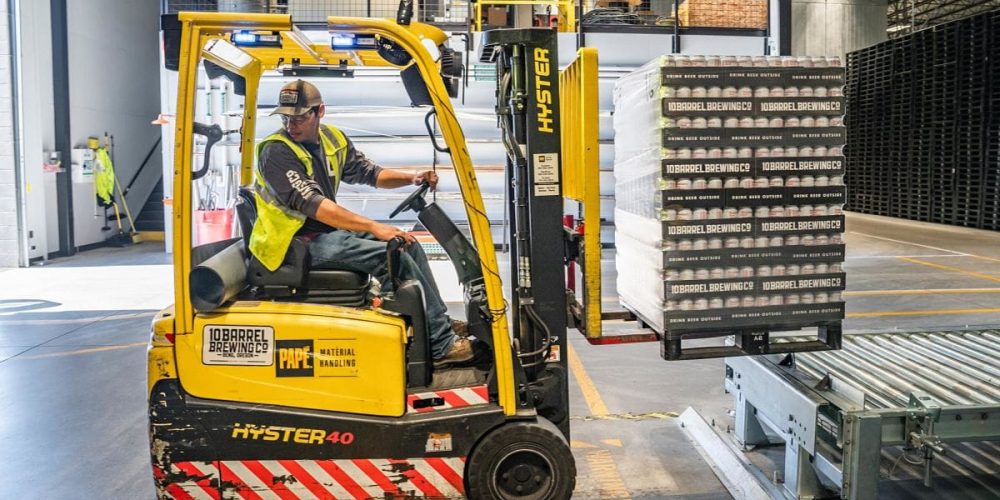One of the most misunderstood concepts that our clients find confusing every year around tax time has to do with business expenses, assets, and depreciation. Specifically, when you spend money on something for your business, how does that get reflected at tax time? Many people are familiar with the concept of business asset depreciation, but it’s a nuanced subject that can be confusing.
What is the difference between a business asset and an expense?
First, let’s clarify what we mean by business asset. In accounting terms, an asset is anything your company purchases for business use that costs more than the company’s capitalization policy, which is typically around $2,500. Purchases less than $2,500 are considered expenses, and the total cost of an expense (or the allowable portion thereof) is generally deducted in the tax year of the purchase. Follow this link for more on the differences between assets vs. expenses.
Assets, because they are big-ticket items, are often (but not always) financed over a set period of time. Assets can be vehicles, electronic devices, office equipment, and even property or office space. You may deduct the purchase price of an asset; there are several options when it comes to how you represent that deduction. You may deduct it all in the year you purchased it (known as bonus depreciation), or it may make more sense to spread the deduction out over future years—that is, depreciate the asset.
What is depreciation?
In short, depreciation means that you take a portion of the cost of an asset and deduct that against your business income for a set period of time. A classic depreciation schedule is 7 years. Say you purchased a copier for $3,500 in 2019. You would deduct 1/7th of the cost (about $500) each year for seven years.
Bonus depreciation allows you to deduct 100% of the asset’s cost in the year that you made the purchase. Bonus depreciation was expanded under the Tax Cuts and Jobs Act, but there are many caveats regarding how it’s used. Some big ones: it can’t be used for land or buildings, but almost any other type of property is eligible. You must place the item into service in the year you made the purchase, so you can’t buy and store a bunch of equipment intended for future use and expect to deduct it all in the same year.
How do you decide how to depreciate a business asset?
The nuance comes in when you create the depreciation schedule. Using bonus depreciation, it’s possible to deduct the entire cost of the asset in the year that you purchased it. If you bought that $3,500 copier using cash in 2019, it might make sense to deduct the full purchase price on your 2019 tax return, assuming your business earned at least $3,500 in income. However, if you purchased a $100,000 truck, made a $10,000 down payment and financed the rest over the next 5 years, it probably doesn’t benefit you to deduct the full $100,000 amount. You’ll spend the next 5 years making loan payments and will want to deduct those against your profits in those years. In that case, we would create a five-year depreciation schedule.
Another factor to consider: how much profit did your business make? If your business lost money in the year you bought the $3,500 copier in cash, we would look at the future projections for your company to see how to get the biggest tax benefit out of your copier purchase. Even though you laid out the cash in 2019, you might still benefit from depreciating the copier and taking deductions in more profitable years.
We also look at current and future tax brackets. In 2017, we knew that the Tax Cuts and Jobs Act was going to lower the tax rates and change the tax brackets of many (if not most) businesses and individuals. Because of that change on the horizon, we calculated that some businesses would benefit more from deducting the full purchase price of assets bought in 2017 than creating a depreciation schedule that would run under the new tax rates. We were able to save them money over the long run, but there was some confusion regarding why the business couldn’t take depreciation deductions for those assets on their 2018 tax returns.
The overriding point to keep in mind is this: you can only deduct an asset one time. If the company above that purchased the $100,000 truck chooses to deduct the total purchase price in one year, it would be unable to deduct loan payments against the truck in future years. It’s also worth remembering that depreciation is recaptured in the event that the depreciated property is sold before it’s fully depreciated—meaning that if the company trades in the $100,000 truck for new model and realizes a gain on the trade-in, they may be responsible for paying taxes on the capital gain. This is why it’s critical to look at all of the circumstances of each unique tax situation and make an informed decision each time.
Besides tax preparation services, we offer strategic consulting to help you forecast your tax liability and plan your business purchases accordingly. Contact us to learn more.

